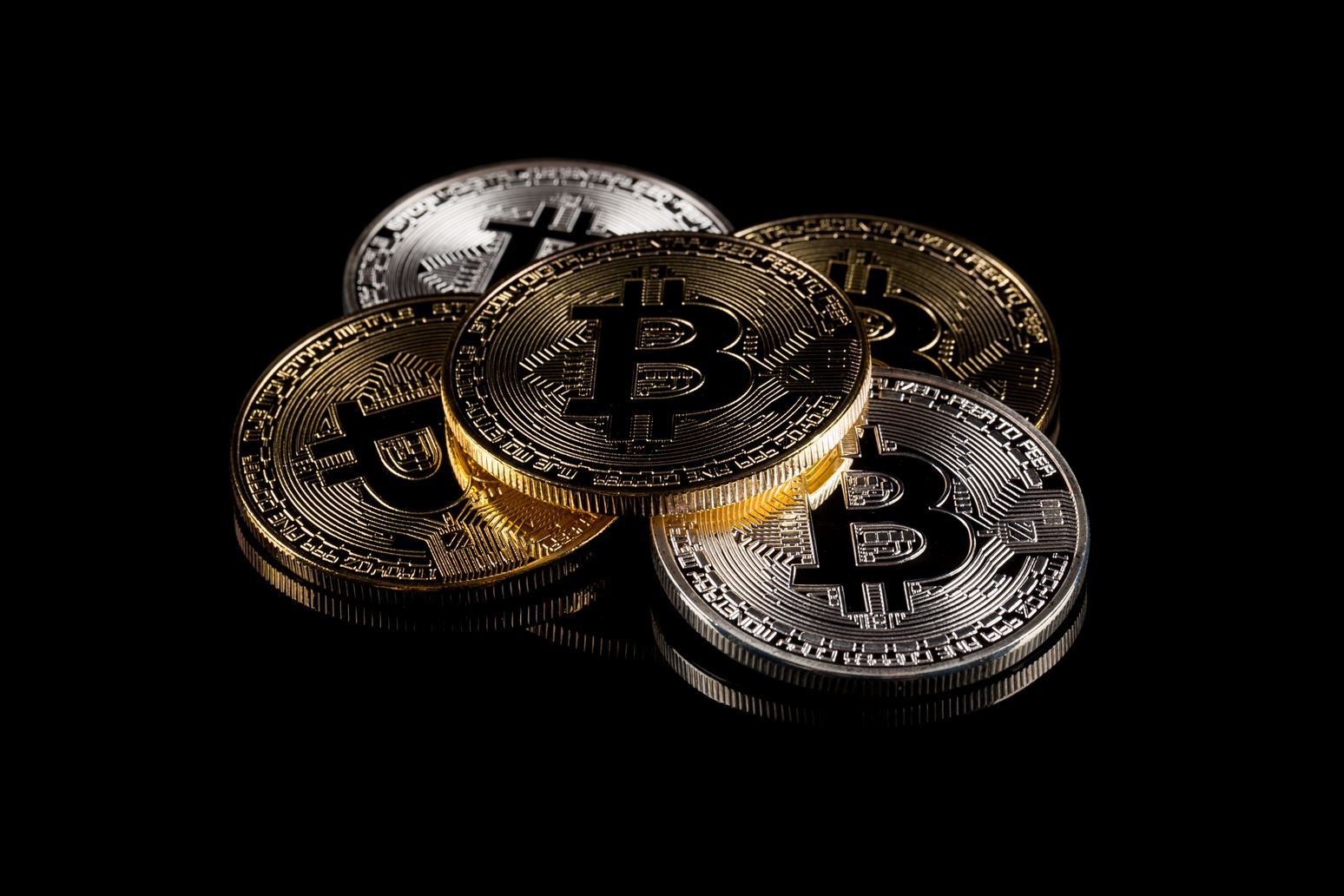With Bitcoin reaching close to US$20,000 in 2017, many people are wondering what it takes to be a Bitcoin miner – the name given to participants in the Bitcoin network who verify transactions, maintain the blockchain ledger, and are rewarded randomly with new Bitcoin through the proof-of-work algorithm. To find out more, I attended a cryptocurrency MeetUp in Victoria, BC, where I spent a fascinating evening among Bitcoin enthusiasts. Among them, I met a genuine Bitcoin miner who explained how he got into mining. This individual – who prefers to remain (pseudo)anonymous of course – talked about his mining career and the advances in technology over a four year period from 2011 to 2015. By that point, he got out of the game before his monthly electricity bill surpassed the value of Bitcoins he was receiving. While mining may have become a big business run by pools of individuals or even corporations, learning about mining provides insights into the mindset and resources of this intriguing digital money.
King: When did you first get interested in mining Bitcoin (“BTC”)?
Miner: I first learned about Bitcoin while listening to a CBC radio story at work in July of 2011. I went home to research this new idea and stumbled across a webminer – basically a website that ran mining software on your computer. That site was going nowhere fast. In the meantime I downloaded the only Bitcoin wallet available at the time called Bitcoin, which is now called Bitcoin Core. This wallet included mining capabilities, which I explored, and I started solo mining using the Core client. After a few more weeks of research, I realized that the competition was already too fierce for solo mining and that pool mining was the only way forward. Pools were less than a year old at the time and I tried a few of them, but eventually settled on Slush, the world’s first Bitcoin mining pool founded in December 2010 by Marek Palatinus.[1] In this pool you needed to download the mining software, which I found through online searches of different Bitcoin forums. The pool mining software used my computer’s processing power and gave me around 35 million hashes per second (MH/s). As my share of the pool I started earning around one BTC every three to four days, or USD 5 to 15...
To read the rest of the interview, please download the article in PDF format here: Full interview >>
[1] The Slush mining pool reportedly reached 10,000 MH/s within a month of starting operations, representing 8% of the entire Bitcoin network hash rate by January 8, 2011. See: https://slushpool.com/home/, accessed December 20, 2017.
